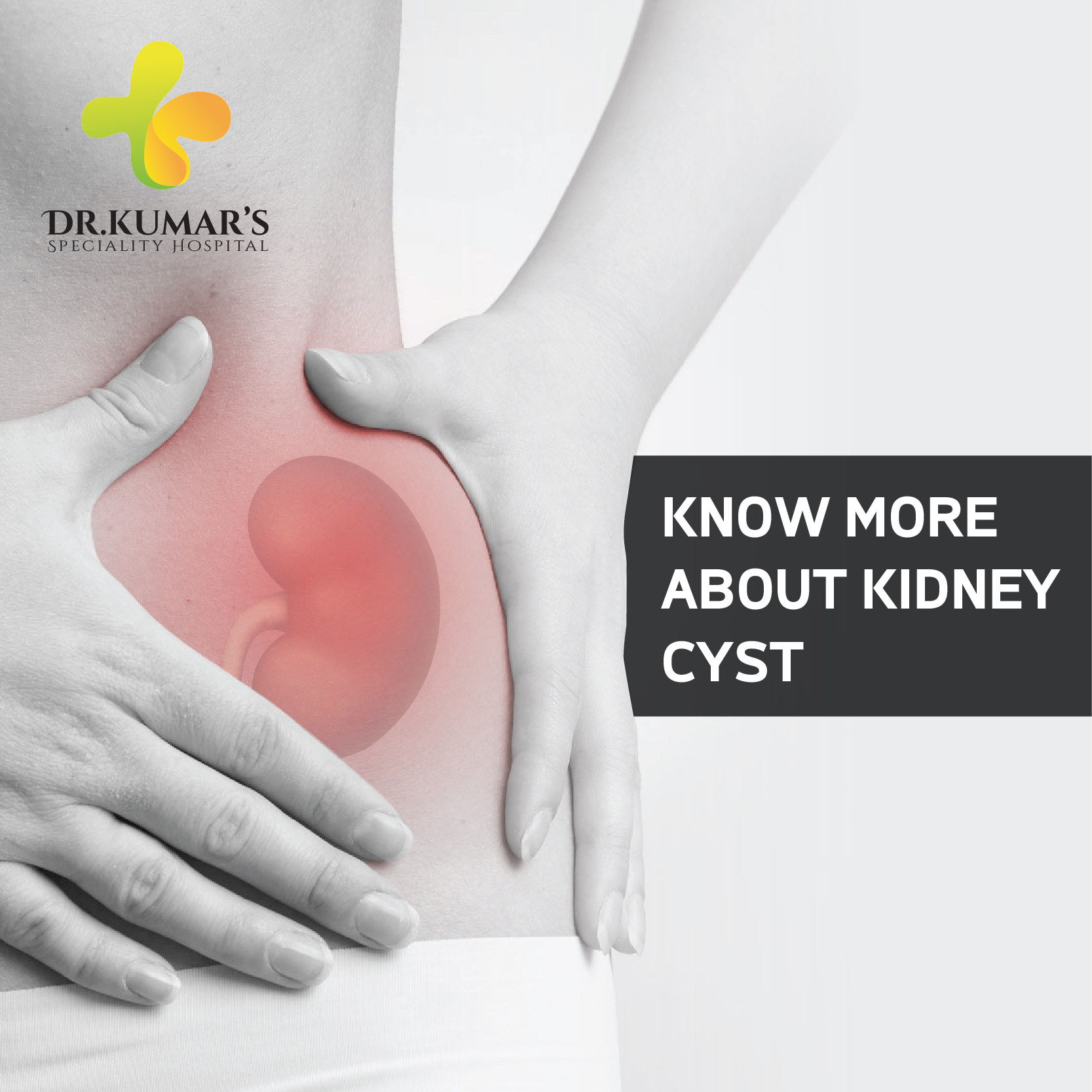
Usually, a kidney cyst is just a round pouch of smooth, thin-walled tissue that gets filled with fluid. There can be many such pouches within the kidney.
There are many types of kidney cysts, but simple cyst is the most common type. These cysts are not the same as polycystic kidney disease, which can cause kidney failure in its chronic form. Most often, simple kidney cysts are harmless.
Causes for Simple Kidney Cyst
The specific cause for simple kidney cyst has not been established, but they do show certain hereditary traits. Gender and age are two risk factors for simple kidney cyst that is being male and age over 50 years. Many older people have one or more simple cysts in their kidneys. The size may increase as one age and will grow to double the size in 10 years.
Symptoms of Simpe Kidney Cyst
It is observed that simple kidney cyst is a type of cyst that does not show any symptoms. It is mostly found when the patient undergoes an ultrasound or CT scan for some complaint.
Simple kidney cysts may at times cause symptoms like:
> Pain in your back and sides or upper abdomen
> Signs of bleeding
> Fever, chills and other signs of infection
> Sometimes impaired kidney function also
What is the treatment for SKC?
If there are no apparent symptoms and problems then the kidney cyst can be left alone. Instead if there are specific symptoms then you should prefer to go in for proper treatment.
As a part of the treatment the doctor will submit you to a procedure that involves puncturing the cyst with a long needle inserted through the skin using ultrasound guidance. Then the cyst is drained, and an alcohol solution is filled in it. As a result of the procedure the tissues harden, and thus the chances of recurrence are reduced.
If at all the cyst recurs and refills with fluid the doctor will recommend surgery that requires general anesthesia and a large incision. The doctor will use a laparoscope with a lighted viewing tube and other instruments to drain the cyst and either surgically remove the cyst or singe its outer wall. This procedure may need you to stay in hospital for a day or two after surgery.
